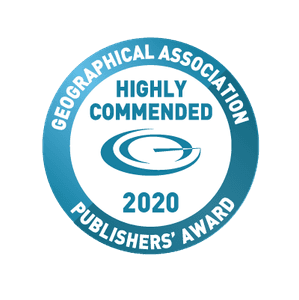Coral Oceans
Geography | Ages 14-16
Coral Oceans 14-16 Geography delivers a comprehensive understanding of coral reefs.
Through the use of our exclusive galleries, videos and online resources, students will develop their knowledge and understanding of what coral reefs are, why they are important and how to protect them. The unit includes challenging lessons on abiotic components such as the nutrient cycle and biotic factors such as food chains.
To experience the full impact of this scheme of work it can be taught in advance of our annual Coral Live event.
Part of:
AXA Ocean EducationAn introduction to Timor Leste, the Coral Triangle and what a coral reef is. Students will learn what conditions are needed for a coral reef.
A study of coral reefs, what a coral polyp is and the formation of a coral atoll and a look at the different zones on the coral reef.
A focused study of the components of the coral reef ecosystem.
A study of not only how humans use coral reefs but also the economic value of the reefs including the role reefs play as coastal defences.
Students learn the threats to coral reefs such as dangerous fishing practices and systemic threats such as use of fertilisers.
A study of the consequence of coral reef destruction, involving classification into social, economic, environmental impacts.
A study of the strategies used globally and in Timor-Leste to mitigate the destruction of coral reefs. Students evaluate the different strategies.
In this lesson the students will complete a 51-mark assessment in the style of the GCSE exam paper.
Brought to you by

AWARDS

Teach the goals



